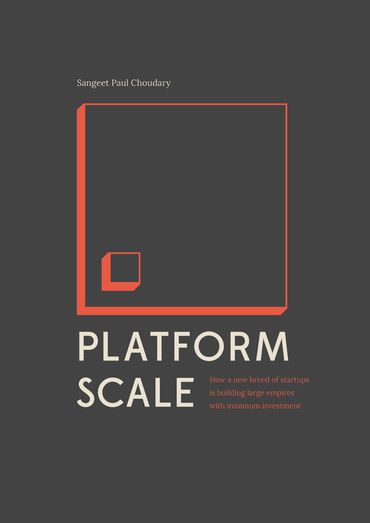Oxford Handbook of Professional Economic Ethics
Some economists, while watching the film
Inside job, were astonished by Martin Feldstein statements and justifications of banks with toxic assets. I was one of them. Too many conflicts of interest sorrounded his words. When I saw him, I thought, this is the "health economist" that wrote:
Economic Analysis for Health Service Efficiency: Econometric Studies of the British National Health Service. n 1967 (!). This was one of my first readings in health economics many-many years ago.
While I was reading the following paragraph in a new book, I thought that the topic deserved a deeper approach to economists' ethics:
The question of whether there is a profound tension between our professional norms and our self interest deserves careful attention. Conflict of interest in economics gained much (unwanted) attention after the documentary Inside Job accused some finance economists of doing analysis favorable to financial industry interests while receiving undisclosed pay from those same interests. Even if you believe, as I do, that Inside Job was unfair to some of its targets, it did fuel a crisis of confidence in economists that we all have a strong interest in correcting. The response has been to strengthen the norms that we disclose possible conflict of interests in our research and policy recommendations; this is surely a good thing. An example from my own field of development is that researchers on foreign aid should disclose whether they are employees of or consultants to agencies dispensing foreign aid (or conversely, recipients of funding from antiaid interests).
Yet the issue of conflict of interest is too complex to be so quickly dismissed by a simple disclosure requirement.
The
handbook by DeMartino and McCloskey is an excellent contribution to shed some light on the issue:
The case for economic ethics is simple and, we think, undeniable. Economists enjoy tremendous influence today over the life chances of others—innumerable others. That is the heart of the matter. The influence of economists arises from their expertise in a field vital to social wellbeing,
freedom, and other valued goals. As economists know better than anyone, when you monopolize a resource that others need, you exert power over them. Moreover, in recent years, economists’ influence has been amplified by institutional developments. Independent central banks, the multilateral development banks, and other international financial institutions are often in a position to set economic policy and even engage in social engineering without much oversight by elected officials or the public. Economists are at the helm of such institutions and occupy staff positions in the departments where the actual work gets done. Combined with its intellectual monopoly, institutional power enhances the ability of the economics profession to alter the course of human affairs—for the better, of course, but also, sometimes, for the worse.
...
Influence over the lives of others, which can be immense, coupled with the risk of doing even substantial foreseeable and unforeseeable harm, implies that economic practice is ethically fraught. And yet the profession largely manages to ignore the attending burdens. Perhaps because economists understand that harm is universal in economics, the Hippocratic tradition appears to offer no insight into how economists should comport themselves. What does “do no harm” mean in a world where there are no free lunches and where all actions (including doing nothing) entail tradeoffs? And perhaps because economists often paint on big canvases, where they affect the lives of thousands or even millions of people all at once rather than individual clients one by one, clinical ethics seems largely irrelevant. The scale of economic interventions generates among economists a fear that serious and open engagement with professional ethical issues would paralyze them with doubt in those moments of human need when what is called for instead is focused audacity.
This is a real call for action into an improvement of practices and behaviors of economists.
Art Basel Hong Kong


